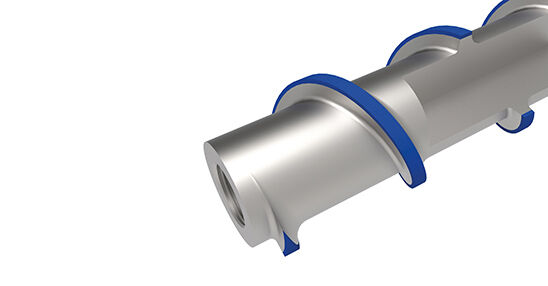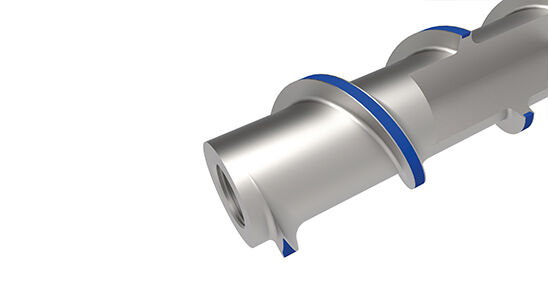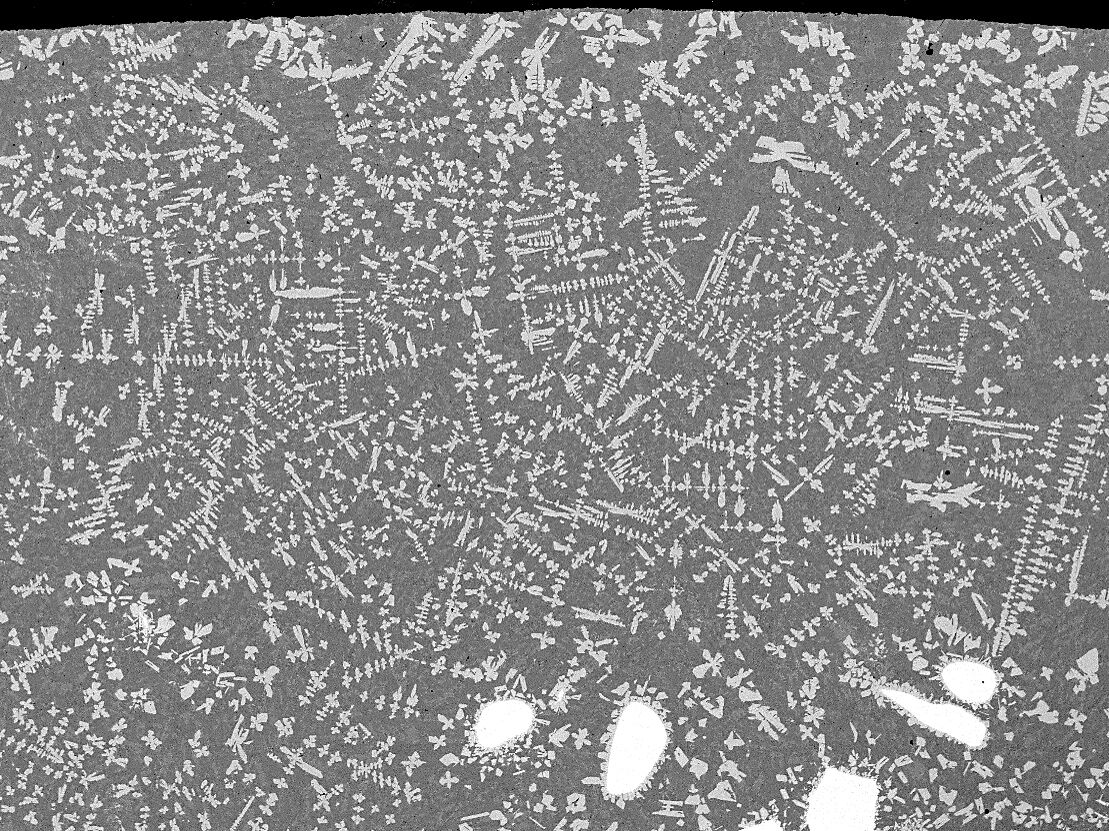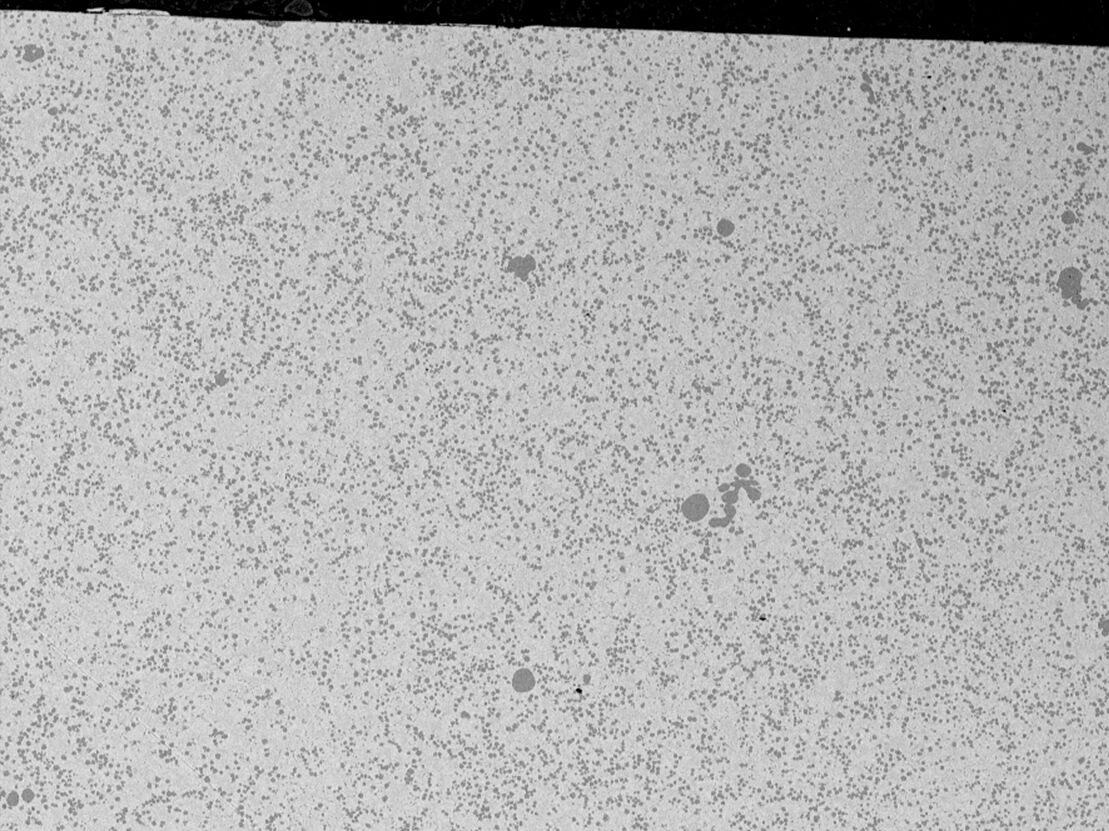
How to process high filler contents at the best cost-benefit ratio
Reifenhäuser Reiloy has been developing high-performance wear protection alloys for screws and barrels for decades and regularly sets demonstrable benchmarks in the market. Dr. Anna Rottstegge, Head of Research and Development at Reiloy, explains: "With the performance of our alloys, we can usually always meet, or rather exceed, the needs of our customers. And this is precisely where the conflict of objectives arises - because the best protection does not automatically mean the best economic solution. Depending on the filler content of the customer's application, even a lower level of protection enables sufficiently long service lives at significantly lower investment costs."
The filler content decides: RC3 inlay or full flight
Reifenhäuser Reiloy therefore offers its special RC3 iron-based alloy in two different variants: Premium (R341) and Advanced (R331). This allows fabricators to achieve the perfect cost-benefit ratio - depending on the filler content of the application. The difference here is the design of the RC3 alloy as inlay or full flight armoring.
Premium

The Reiloy Premium R341 (RC3 full flight) offers maximum protection for processing material with a high filler content of over 40 percent. The alloy protects the entire flight surface. This offers the best long-term cost efficiency thanks to long maintenance intervals.
Advanced

With the Reiloy Advanced R331 (RC3 inlay), a groove is milled into the flight surface and the RC3 alloy is applied accordingly as an inlay. This offers optimum wear protection at the best price-performance ratio, for lower filler contents of less than 40 percent. Processors thus avoid the use of oversized wear protection and save money when replacing screws.
Dr. Anna Rottstegge, Head of Research and Development at Reiloy, explains: "We provide our customers with step-by-step advice on the optimum combination of screw wear protection and geometry and material pairing to ensure that production targets are achieved. It is important to us to design the wear protection ideally for the respective application - and not necessarily to offer maximum protection at disproportionate costs. Our RC3 inlay or full flight option offers the necessary flexibility for this."

SEM image (BE detector, 20KV, magnification 150x) shows the surface of the screw armor of a common nickel-based alloy. The abrasively stressed surface is rich in matrix and has hardly any tungsten carbides. The distribution of tungsten carbides across the thickness of the armor is uneven. A lot of free matrix offers a lot of abrasive attack surface.

SEM image (BE detector, 20KV, magnification 150x) shows the surface of the RC3 screw armor. Very fine and even distribution of vanadium carbides, from the bottom of the weld pool to the abrasive stressed surface. Little free matrix reduces the abrasive attack surface.
Would you like to find out more about wear-resistant alloys? Then use our Online Alloy Advisor or contact us directly:
